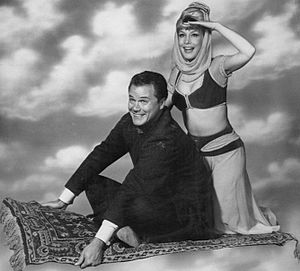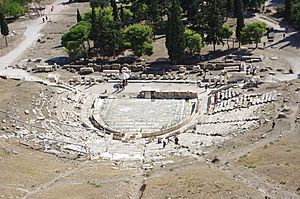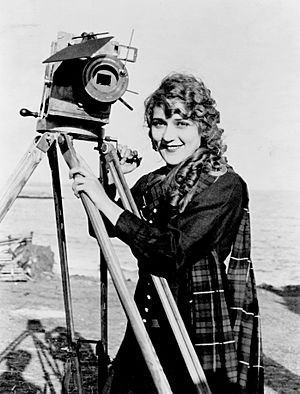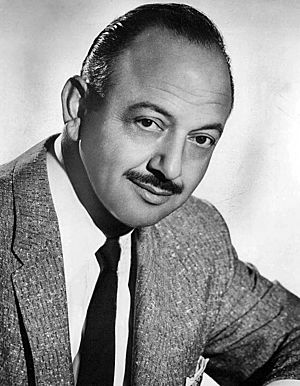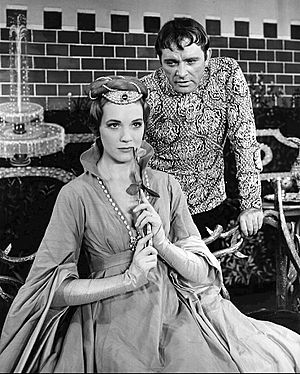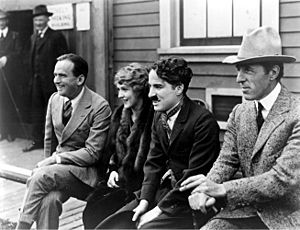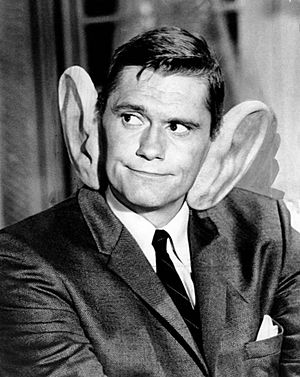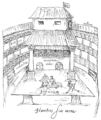Actor facts for kids
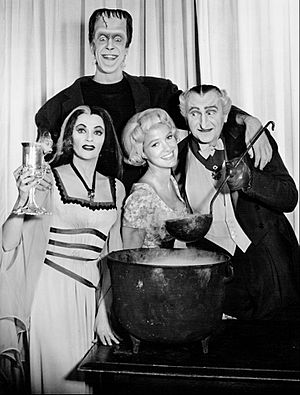
An actor is a person who performs a part, or a "role," in a movie, television show, play, or radio show. Sometimes actors only sing or dance. Others might only work on radio. A woman actor is also called an actress. However, today most people use the word "actor" for both men and women.
Contents
History of Acting
The first known actor performed in 534 B.C. This was probably on November 23. We are not completely sure of the exact date because calendars have changed over time.
This first actor was a Greek man named Thespis. He performed at a place called the Theatre Dionysus. Thespis was the first person to speak words as a character in a story. This was a very big change in how people told stories.
Before Thespis, people sang and danced stories. But no one had ever acted as a specific character. Today, we sometimes call actors "thespians" because of Thespis.
How Do Actors Learn Their Craft?

Actors use different ways to prepare for their roles. These ways are called "acting techniques." They help actors make their characters seem real.
- Classical acting combines many skills. It uses body movement, voice, imagination, and understanding the script. It is based on ideas from famous actors and directors.
- Stanislavski's system helps actors use their own feelings. They use their experiences to show the "truth" of their character. Actors try to think like the character. They find things they have in common to make the role more real.
- Method acting is a set of techniques. It helps actors understand their roles deeply. Actors use their own experiences to connect with their characters. This method is based on some of Stanislavski's ideas.
Women in Acting
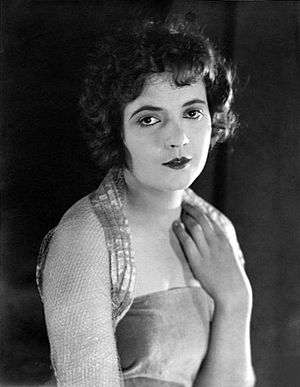
In the past, the word "actor" was only for men. Women started performing more often in the 17th century. People called them "actresses." In ancient times and the Middle Ages, many thought it was wrong for women to act. This idea lasted until the 17th century.
During the time of William Shakespeare, men and boys played women's roles. However, some women may have acted secretly.
Today, the word "actor" is used for both men and women. But people still use the word actress too.
Actors Playing Different Genders
Sometimes actors play roles that are usually for the opposite gender. This can happen in plays, movies, or TV shows.
Actresses Playing Male Roles
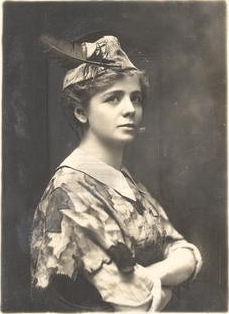
Women actors sometimes play the parts of young boys. For example, a woman usually plays the role of Peter Pan. In Opera, women often sing roles that are traditionally male. These women are usually mezzo-sopranos, meaning they have a high singing voice.
Examples include Hansel in Hänsel und Gretel. Another is Cherubino in The Marriage of Figaro.
Mary Pickford played "Little Lord Fauntleroy" in the first film version of that book. Linda Hunt won an Academy Award for Best Supporting Actress for playing a man in The Year of Living Dangerously.
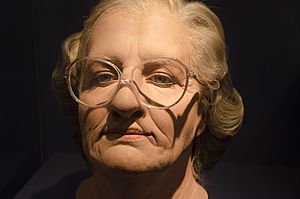
In comic plays and movies, actors often switch roles. A man might play a woman's part, or a woman a man's part. This has been happening for a long time. Many of Shakespeare's comedies use this idea.
Actors like Dustin Hoffman and Robin Williams starred in popular comedy films. They played men dressed as women, pretending to be women.
Actors Playing Female Roles
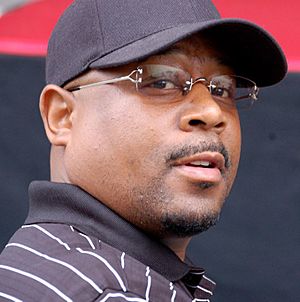
In Shakespearean plays, men played all the roles. Characters like Juliet, Lady Macbeth, and Cleopatra were first played by men or boys. This was because society at that time was male-dominated. Women were not allowed to perform on stage.
More recently, men have played female roles in funny movies. Movies with this role reversal include Mrs. Doubtfire (Robin Williams), Tootsie (Dustin Hoffman), Big Momma's House (Martin Lawrence), Hairspray (John Travolta), and The Nutty Professor (Eddie Murphy).
What is Voice Acting?
Voice acting is a special kind of acting. It is most often used in animation for TV shows and movies.
Voice actors create the voices for characters. They might also be the narrator in non-animated works.
Different Types of Acting
Actors working in theatre, film, and television need different skills. What works well in one type of acting might not work well in another.
Acting in Theatre
To act on stage, actors learn "stage directions." These are instructions in the script like "Stage Left" and "Stage Right." These directions are from the actor's view, facing the audience. Actors also learn "Upstage" (away from the audience) and "Downstage" (towards the audience).
Theatre actors learn "blocking." This is where and how an actor moves on stage during a play. The director gives instructions for blocking. This includes moving across the stage or using a prop.
Theatre actors also learn "stage combat." This is fake fighting on stage. They might pretend to fight with hands or swords. Experts called fight directors teach them these planned fight moves.
Acting in Film
D. W. Griffith helped create acting styles for movies. He realized that acting for the stage did not look good on film. Griffith made his actors train for weeks to learn film acting.
Film actors need to get used to cameras being in front of them. They also learn to find and stay on their "mark." This is a spot on the floor, often marked with tape. It's where the lights and camera focus best.
Film actors also need to do well in "screen tests." These are filmed auditions of a part of the script.
Unlike theatre actors, film actors do not perform a whole story at once. Film scenes are often shot out of order. So, film actors must have their character fully developed for each scene.
Film cameras capture even small movements. So, film actors use tiny facial expressions or small gestures. These help them create a believable character. Some theatre stars have become successful film actors. Laurence Olivier, Glenn Close, and Julie Andrews are good examples.
Acting in Television
On a television set, there are usually several cameras. They are angled at the set.
Actors new to TV acting can get confused about which camera to look into.
TV actors learn to use lav mics (Lavaliere microphones). They also need to understand "frame." The term "frame" means the area that the camera's lens is capturing.
Images for kids
-
David Garrick in Richard III onstage.
-
A 1596 sketch of a performance at The Swan. This was a typical Elizabethan open-roof playhouse.
-
Helena Modrzejewska, a Polish-American actress, by Tadeusz Ajdukiewicz, 1880.
-
The actress Kate Winslet.
See also
 In Spanish: Actor para niños
In Spanish: Actor para niños


